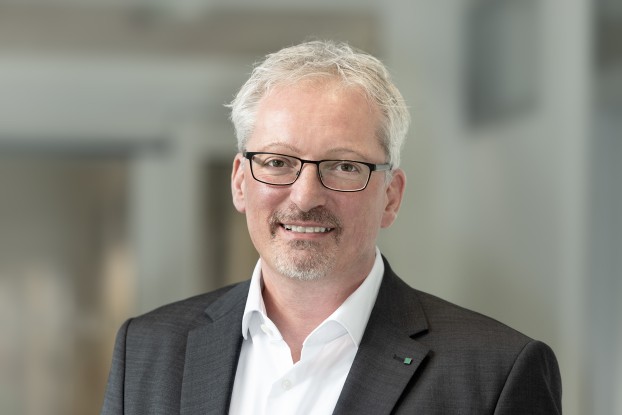Nowadays, energy-FE methods or the statistical energy analysis (SEA) are increasingly being used for the simulation of structure-borne propagation and airborne radiation of sound, in and from large structures (e.g. in shipbuilding). A component of these methods is the decomposition of an entire system into sub-structures. Between each substructure lies an interface where structure-borne sound, and therefore the structure-borne sound energy flow, is being exchanged. Therefore, it is necessary to understand the transfer of structure-borne sound at these interfaces. The borders between substructures are set at places where discontinuities in the structure exist. These places can be, for example, joints, such as welded joints, or changes in the cross-section of the geometry. At such discontinuities (impedance discontinuities) structure-borne sound is both reflected and transmitted. Coupling factors that describe the proportions of reflected and transmitted energy at these interfaces are thus necessary in order to assemble the substructures into an overall system. Within a research project at the Research Group SAM, we investigate the impact of various interfaces on the structure-borne sound propagation by using a test stand (being continuosly developed) that measures the reflection and transmission of structure-borne sound at coupling points. Up to this point, current research has shown that the well-known measurement methods cause large uncertainty that result in a lot of variation in the measured coupling coefficients. Therefore, a more robust measurement method is being researched. The measured coupling coefficients for these different coupling points are used in the context of a research project (EPES) – in cooperation with multiple universities and industry partners – for the validation of the project’s simulation tool.
Similar uncertainties also occur with the measurement of damping materials in the Kundt’s tube. In a current research project, the Research Group SAM is investigating processes (e.g. the mounting of samples) that yield the highest uncertainty and how they can be controlled.
Contact:


